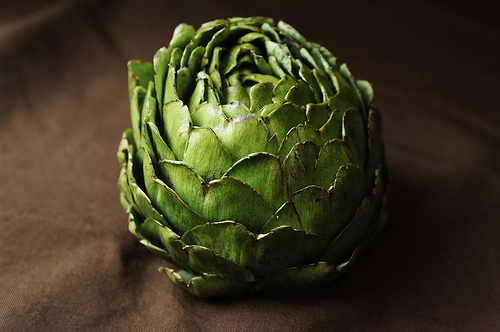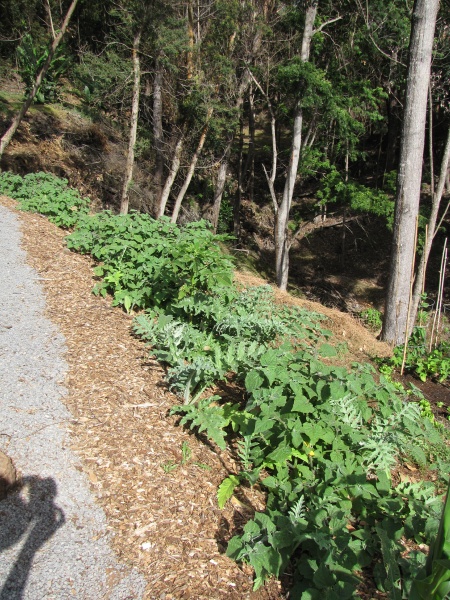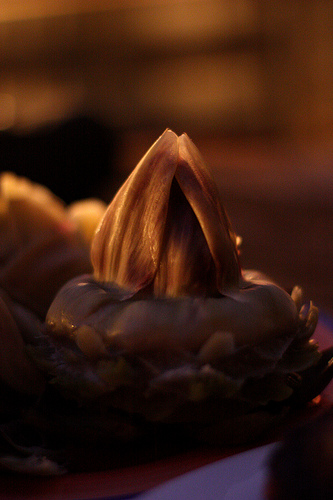Habitat and History
The artichoke is a relatively hardy plant, with a relatively hardy past.
Although it has become a popular vegetable in the United States, the Globe Artichoke was actually thought to have been brought over from Europe. It is now cultivated all over the world including the Mediterranean, France, Italy, and Spain. Today, California provides almost 100% of the artichokes used and consumed by citizens of the United States. It grows best in moist, sandy environments with full exposure to the sun. They prefer ground cover that can drain easily. Because of the artichokes durability, it is hardy to temperatures below freezing.
Some plants are able to grow in more extreme conditions such as:
Cranberry (Vaccinium macrocarpon)
The artichoke has been used for both nutritional and medicinal uses for thousands of years. The first reports of artichokes came from Theophrastus around 300 B.C. The Greeks, Romans, and even the Egyptians incorporated the artichoke into daily life. In Rome, it was staple menu item at feasts. They considered it be an aphrodisiac and even claimed that it could be effective in securing the birth of boys. After the fall of the Roman Empire, the population of artichokes dwindled and they became a rarity. However, they again became popular during the Renaissance when the Strozzi family brought them from Florence to Naples. The cultivation of the artichoke throughout Europe did not occur until the fifteenth century. In the sixteenth century, women were banned from eating this vegetable because it was considered to be an aphrodisiac. Artichokes first appeared in the United States when French immigrants brought them over in 1806.
Click HERE to learn how the artichoke came to be according to Aegean legend and Elizabethan Folklore.
The artichoke’s real claim to fame occurred in the
1920’s. In 1922, Andrew Molera started to grow this new vegetable as it
could be sold at a high fetching price. Soon thereafter, Ciro Terranova
“Whitey”, also known as the “Artichoke King”, began his monopoly of the
artichoke market. He would purchase all artichokes produced in California
and have them shipped to New York at $6 per crate. Once in New York, he was
able to sell them for 30 – 40 % profit. His ability to drive fear into
the growers and merchants was solidified when he would hack down artichoke
fields of competitors during the night. It was becoming a problem and soon
“The Artichoke Wars” were out of hand. The mayor stepped in and declared
that “the sale, display, and possession” of artichokes in the state of New
York was to be illegal. This drastic change was short-lived, however, as the
mayor himself was a big fan of the vegetable. The ban only lasted 1 week.
Check out another organism with a political past:
Opium Poppy (Papaver somni ferum)
Let's learn about the FOOD that keeps the Globe Artichoke alive and kicking!
Back to HOME
Questions? Comments? Don't hesitate to contact me at
fenske.rach@uwlax.edu!
Site Designed by Rachel Fenske - Last Updated 4.15.11
University of Wisconsin - La Crosse


